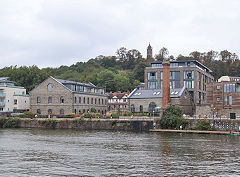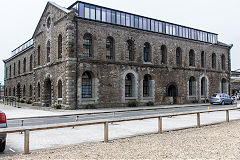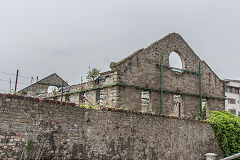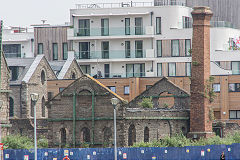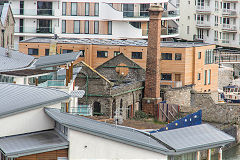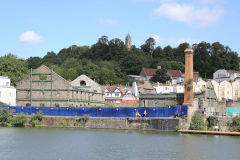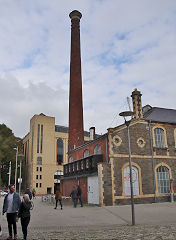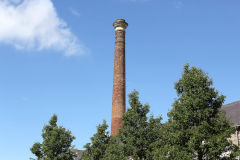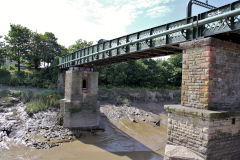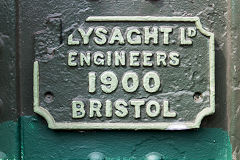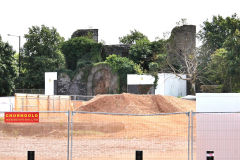The Transport and Industries of South-Western England
Click on the button to go to :-
Click on the thumbnail to enlarge a photo or map and read more about it.
Then click 'Full Size' on the toolbar to see it in all its glory.
The City of Bath
Sidney Gardens
This was where it started, around 75 years ago, trainspotting in Sydney gardens in 1950 with my mum. Then it was Kings, Castles and Halls; now IETs, 125s and 158s, I know which I prefer.
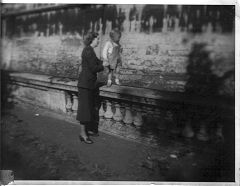
Trainspotting in 1950
|

Intercity 125, Sidney Gardens
|

Intercity 125, Sidney Gardens
|
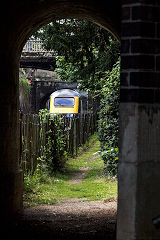
Intercity 125, Sidney Gardens
|

Intercity 125, Sidney Gardens
|

158763, Sidney Gardens, Bath
|

158950, Sidney Gardens, Bath
|

158953, Sidney Gardens, Bath
|

158956, Sidney Gardens, Bath
|

158956, Sidney Gardens, Bath
|
|
|
Along the Kennet and Avon Canal
From the River Avon to Limpley Stoke

Thimble Mill Lock No '7'
|

Thimble Mill pump house
|
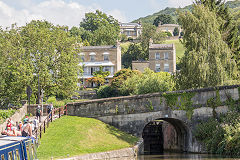
Horseshoe Walk Bridge No '190'
|
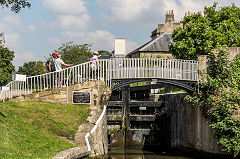
Top Lock '13' and bridge '189'
|
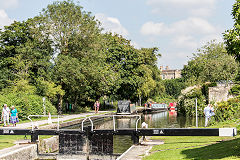
Bath Top Lock No '13'
|
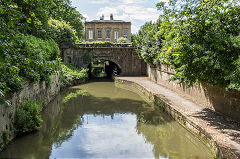
Cleveland Tunnel
|

Cleveland Tunnel
|
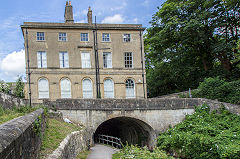
Cleveland Tunnel
|

Sidney Gardens Bridge No '187'
|
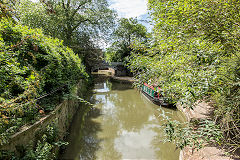
Sidney Gardens Bridge No '187'
|

Sidney Gardens Bridge No '187'
|
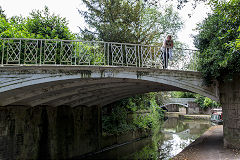
Sidney Gardens Bridge No '186'
|
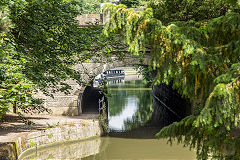
Sidney Gardens Tunnel
|

The canal at Bathampton
|
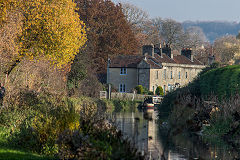
The canal at Bathampton
|
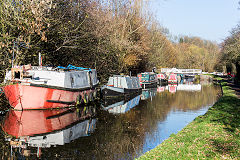
The canal at Bathampton
|
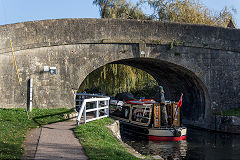
The canal at Bathampton
|
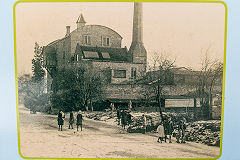
Harbutt's Plasticine factory
|
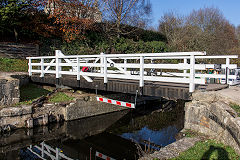
Bridge No '182' near Bathampton
|
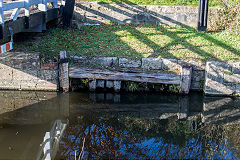
Bridge No '182' stop lock
|
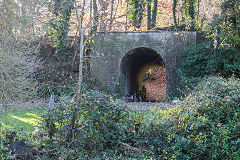
The canal near Bathampton
|
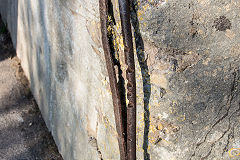
Rubbing plate on bridge No '179'
|
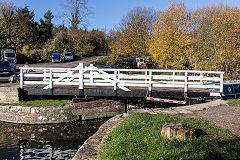
Bridge No '178' near Limpley Stoke
|

Bridge No '177' near Limpley Stoke
|
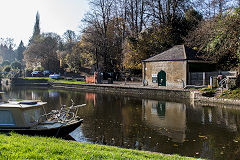
Limpley Stoke wharf
|
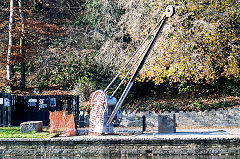
Limpley Stoke wharf crane
|
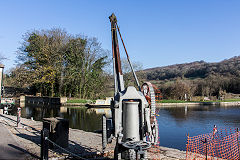
Limpley Stoke wharf crane
|
|
Claverton Pumping Station
A steam-powered pumping house on the Kennet and Avon Canal
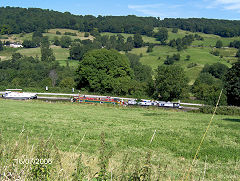
The Kennet and Avon Canal
|
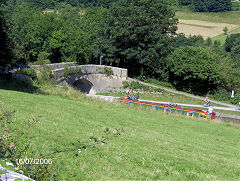
The Kennet and Avon Canal
|
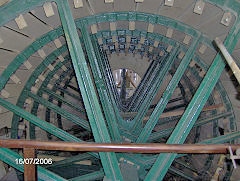
Claverton pumping station
|
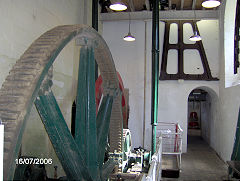
Claverton pumping station
|
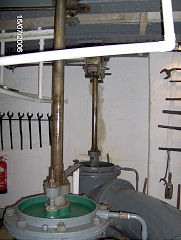
Claverton pumping station
|
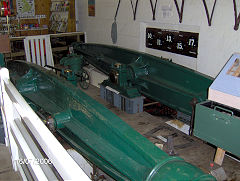
Claverton pumping station
|
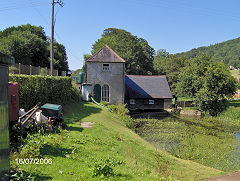
Claverton pumping station
|
|
The Somerset Coal Canal and Camerton Railway
The Somerset Coal Canal started at Limpley Stoke as did the Camerton Railway that superceded it.
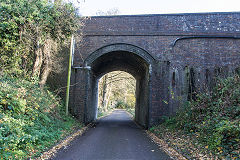
The Somerset Coal Canal
|
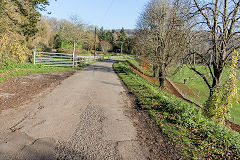
The Camerton Railway
|
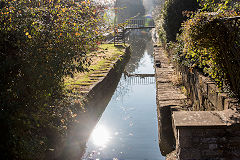
The Camerton Railway
|
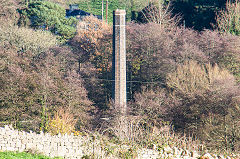
Monkton Combe Mill chimney
|
Around and about Bath
Warehouses, milestones and the Bathampton tramroad

River Avon warehouses, Bath
|
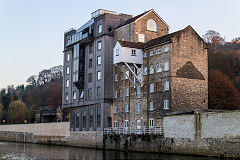
River Avon warehouses, Bath
|
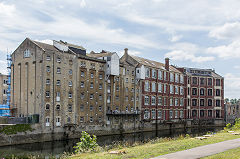
River Avon warehouses, Bath
|
|
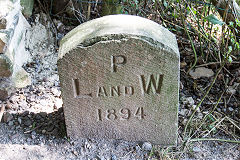
Parish of Lyncombe and Widcombe
|
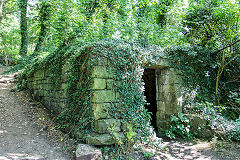
Sham Castle building
|
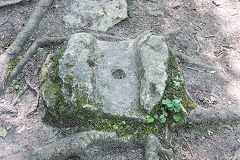
Bathampton Tramroad
|
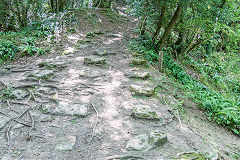
Bathampton Tramroad
|
The Somerset and Dorset Railway
Walking through the recently reopened Combe Down and Devonshire tunnels

Tucking Mill Viaduct
|
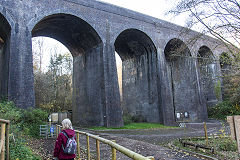
Tucking Mill Viaduct
|
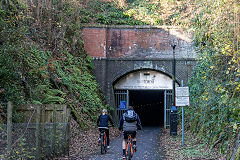
Combe Down tunnel, Bath
|
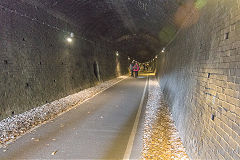
Combe Down tunnel, Bath
|
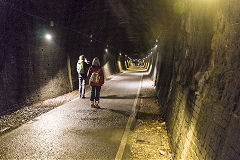
Combe Down tunnel, Bath
|
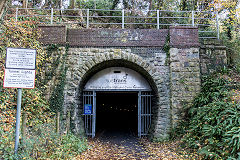
Combe Down tunnel, Bath
|
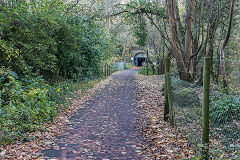
Combe Down tunnel, Bath
|
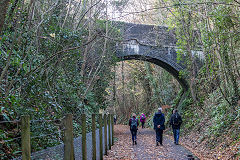
S&D trackbed, Bath
|
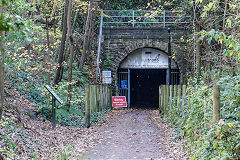
Devonshire Tunnel, Bath
|
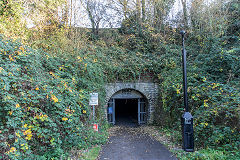
Devonshire Tunnel, Bath
|
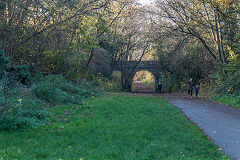
S&D trackbed, Bath
|
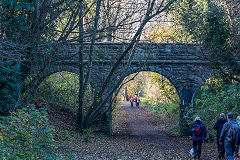
S&D trackbed, Bath
|
The South Gloucestershire Coalfield
Coalpit Heath
New Engine Colliery - ST 6778 7938
New Engine Colliery was sunk c1822 and became the supply and maintainence depot for the surrounding pits. It was 500ft deep and closed c1870 but the chimney and machinery survived until c1930. The dramway here became loco worked in c1865 and the original engine house and horse whim have survived though much altered.
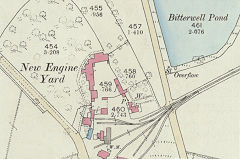
New Engine, 1880
|
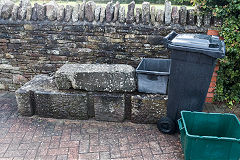
Engine bedstones at New Engine
|
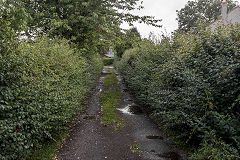
The dramway to New Engine
|
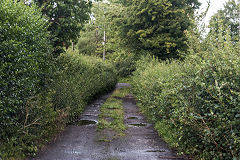
The dramway to New Engine
|
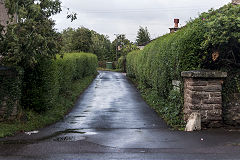
The dramway from New Engine
|
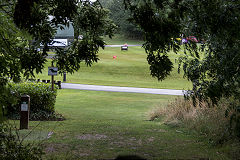
The dramway from New Engine
|
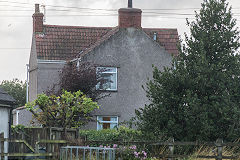
New Engine engine house
|

New Engine engine house
|
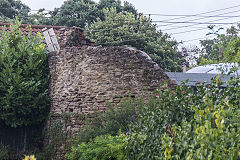
New Engine horse gin
|
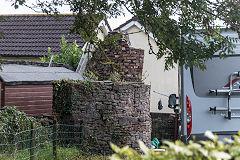
New Engine horse gin
|
|
|
Ram Hill Colliery - ST 6091 8024
Ram Hill Colliery started life as a drainage shaft in 1783 and a winding shaft in c1824, around 550 ft deep It was worked by a horse whim and later by a beam engine. The colliery appears to have ceased winding between 1870 and 1880.
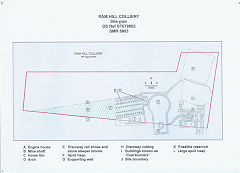
Ram Hill Colliery layout
|
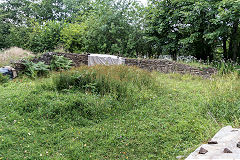
Ram Hill horse whim
|
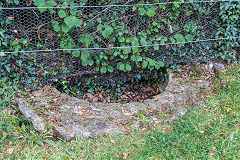
Ram Hill Colliery shaft
|
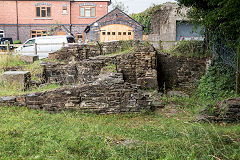
Ram Hill beam engine house
|

Ram Hill beam engine house
|
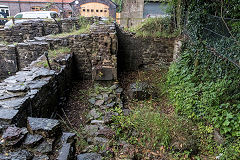
Ram Hill winding drum
|

Ram Hill Colliery sump
|
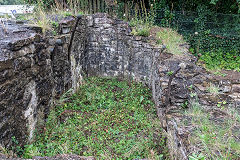
Ram Hill boiler house
|
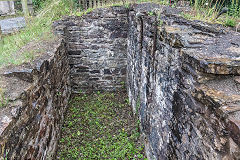
Ram Hill engine house
|
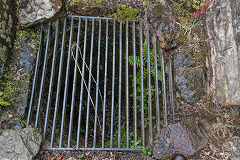
Ram Hill Colliery sump
|

Ram Hill chimney base
|
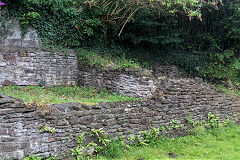
Ram Hill Colliery loading bank
|
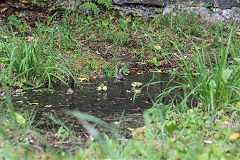
Ram Hill loading crane base
|
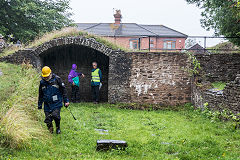
Ram Hill Colliery horsebox
|

Ram Hill Colliery dramway yard
|
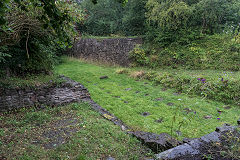
Ram Hill Colliery dramway yard
|
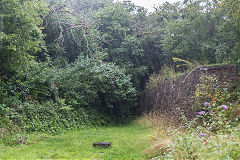
Ram Hill Colliery dramway yard
|

Ram Hill dramway chairs
|
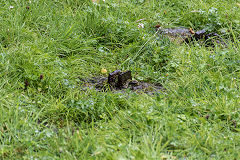
Ram Hill dramway chairs
|
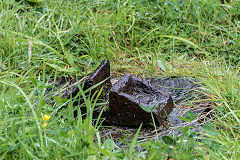
Ram Hill dramway chairs
|
Ram Hill Dramway
The Ram Hill Dramway connected the colliery to the line from Frog Lane Colliery to Bristol and the River Avon. It was one of the last lines to be built designed specifically for horsepower and was never worked by locomotives. It was also one of the few broad gauge horse tramways, being dual gauge for a time. A short spur ran to Church Leaze Colliery
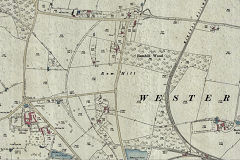
Ram Hill Colliery dramway, 1880
|
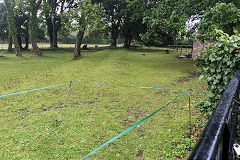
The dramway to Ram Hill Colliery
|
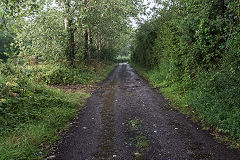
The dramway to Ram Hill Colliery
|
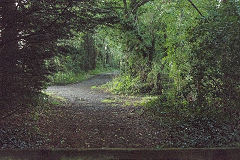
The dramway to Ram Hill Colliery
|
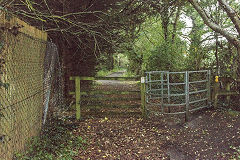
The dramway to Ram Hill Colliery
|

The dramway to Ram Hill Colliery
|
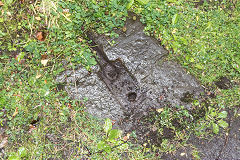
The dramway to Ram Hill Colliery
|
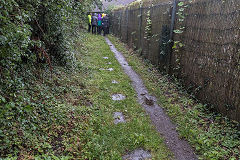
The dramway to Ram Hill Colliery
|
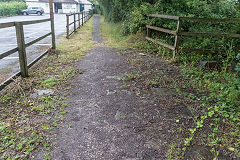
The dramway to Ram Hill Colliery
|

The dramway to Ram Hill Colliery
|
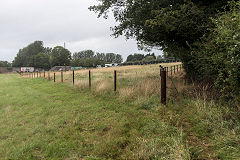
The dramway to Ram Hill Colliery
|
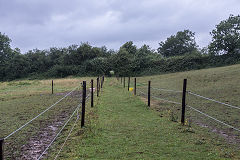
The dramway to Ram Hill Colliery
|
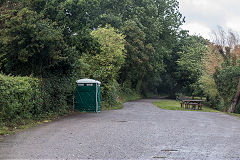
The dramway to Ram Hill Colliery
|
|
|
|
Serridge Engine - ST 6747 7963
Serridge Engine was a drainage pit, with coal winding carried out at Orchard (or Middle Whimsey) Colliery, a few hundred yards away. It was sunk in c1785 to 300 ft and draining a wide area into the 'Clamp' pond. The underground workings include the pumping shaft, a reservoir shaft with a heading to the Clamp and an ash pit below the engine. It is likely the engine ceased work some time after 1845.

Serridge Engine, 1880
|
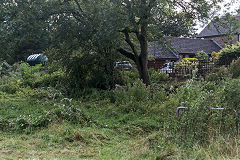
Serridge Engine site
|
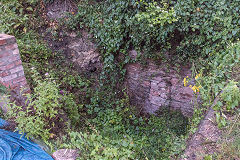
Serridge Engine engine pit
|
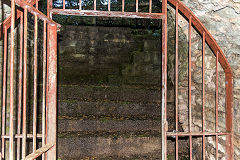
Serridge Engine ash pit
|
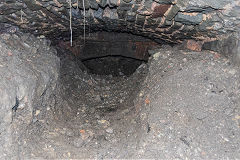
Serridge Engine ash pit
|
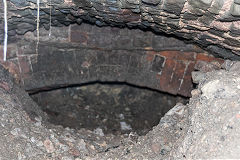
Serridge Engine ash pit
|
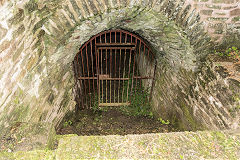
Serridge Engine ash pit
|

Serridge Engine tunnels
|
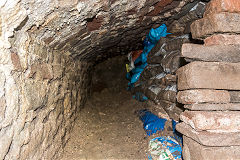
Serridge Engine tunnels
|
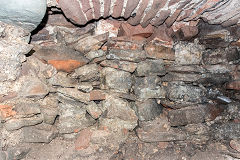
Serridge Engine tunnels
|
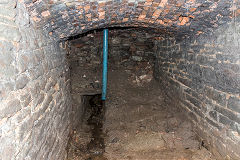
Serridge Engine tunnels
|
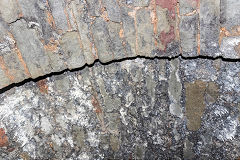
Serridge Engine tunnels
|
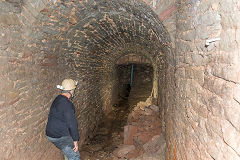
Serridge Engine tunnels
|
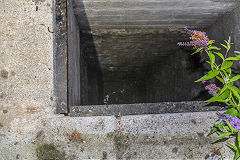
Serridge Engine drainage level
|
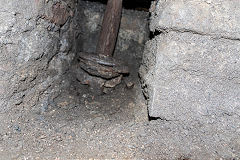
Serridge Engine bolts
|
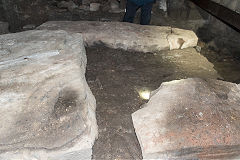
Serridge Engine engine base
|
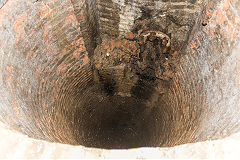
Serridge Engine reservoir shaft
|
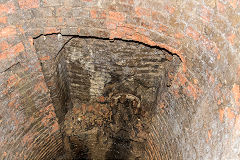
Serridge Engine reservoir shaft
|
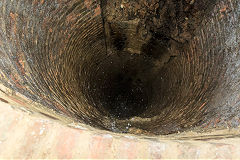
Serridge Engine reservoir shaft
|
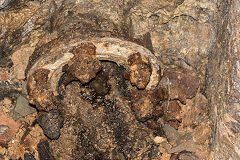
Serridge Engine reservoir shaft
|

Serridge Engine drainage culvert
|
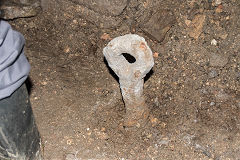
Serridge Engine eye bolt
|
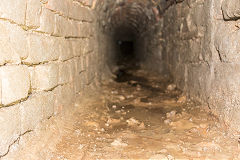
Serridge Engine drainage culvert
|
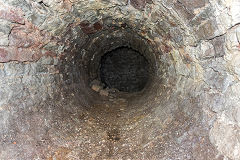
Serridge Engine pumping shaft
|
Brandy Bottom and Parkfield Colliery
Brandy Bottom (Parkfield South) - ST 6820 7713
Brandy Bottom Colliery, officially Parkfield South Colliery, was sunk in c1837 as 'Lord Radnor's Pit' to a depth of about 600ft. Handel Cossham took over the lease in 1871. Coal winding ceased c1910 and only man-riding and ventilation took place until the colliery closed in 1936, passing to the NCB in 1947. The site was later acquired by the Shortwood Brick Co to protect their adjacent claypit. Brandy Bottom is now in the hands of the Avon Industrial Buildings Trust who are actively conserving the site.
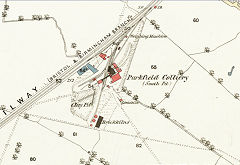
Brandy Bottom Colliery, 1881
|
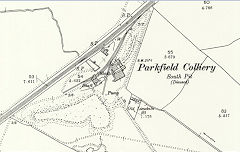
Brandy Bottom Colliery, 1901
|
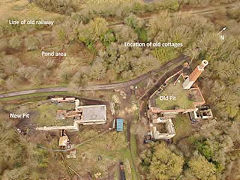
Brandy Bottom from above, 2018
|
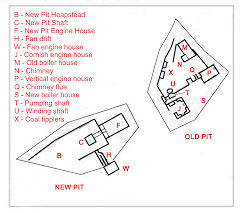
Brandy Bottom Colliery plan
|
New Boiler House, Brandy Bottom
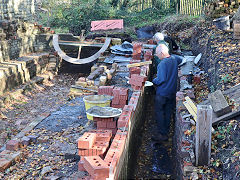
Boiler House, Brandy Bottom
|
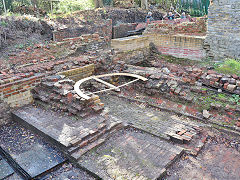
Boiler House, Brandy Bottom
|
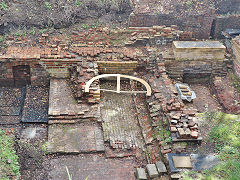
Boiler House, Brandy Bottom
|

Boiler for the boiler house
|
Cornish Beam Engine House, Brandy Bottom
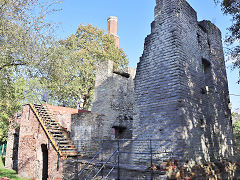
Beam Engine House
|

Beam Engine House
|
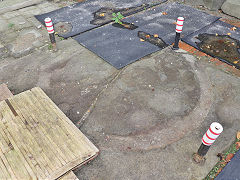
Beam Engine House
|
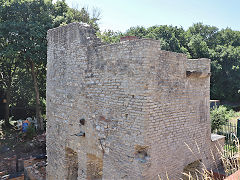
Beam Engine House
|
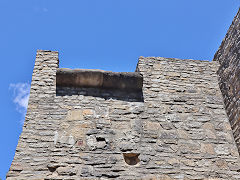
Beam pivot
|
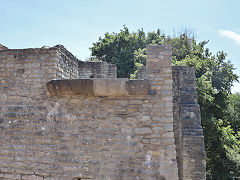
Beam pivot
|
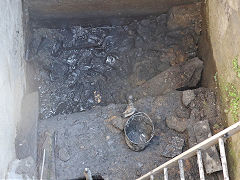
Condenser, Beam Engine House
|
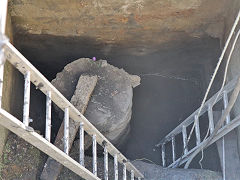
Condenser, Beam Engine House
|
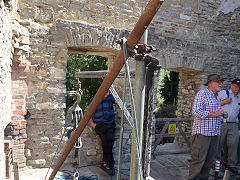
Condenser, Beam Engine House
|
Vertical Engine House, Brandy Bottom

Engine House, Brandy Bottom
|
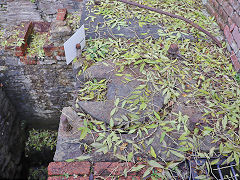
Engine House, Brandy Bottom
|
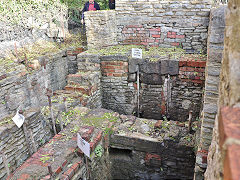
Engine House, Brandy Bottom
|
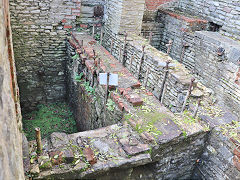
Engine House, Brandy Bottom
|
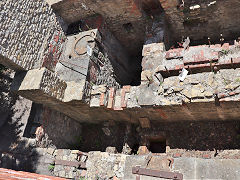
Engine House, Brandy Bottom
|
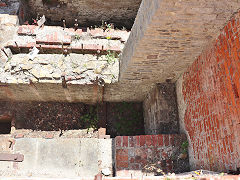
Engine House, Brandy Bottom
|

Engine House, Brandy Bottom
|
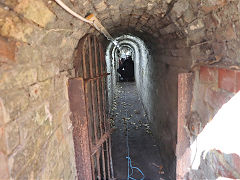
Engine House chimney flue
|
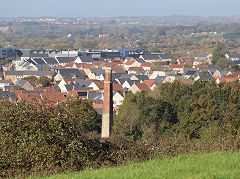
Brandy Bottom chimney
|
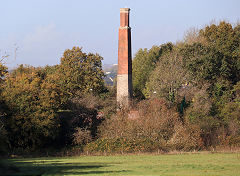
Brandy Bottom chimney
|

Brandy Bottom chimney
|
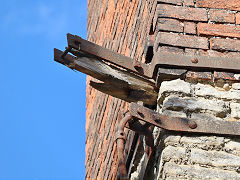
Brandy Bottom chimney detail
|
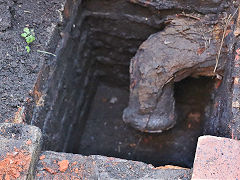
Drainage system
|
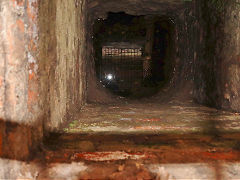
Drainage system
|
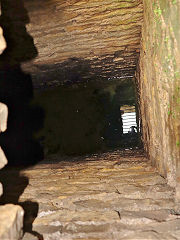
Drainage system
|
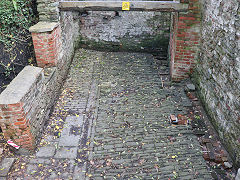
Old boiler house and stables
|
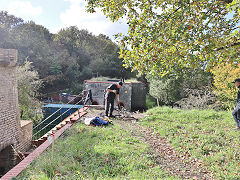
Winding shaft
|
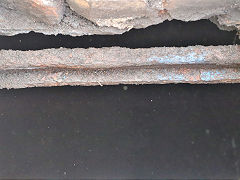
Winding shaft
|

Winding shaft
|
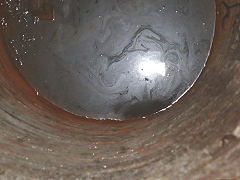
Winding shaft
|
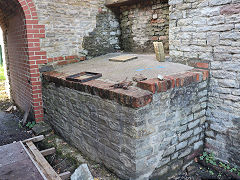
Pumping shaft
|
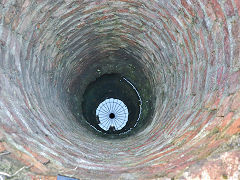
Boiler supply well
|

Old Pit heapstead
|
|
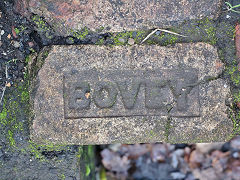
'Bovey' Brick
|
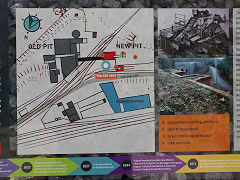
Site information board
|
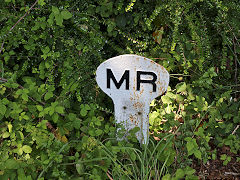
'MR', Midland Railway boundary post
|
|
New Pit, Brandy Bottom
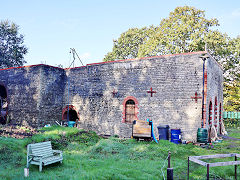
Brandy Bottom New Pit
|
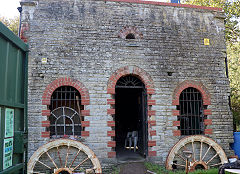
Brandy Bottom New Pit
|
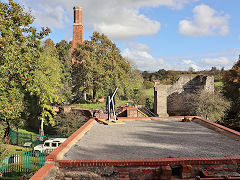
Brandy Bottom New Pit
|
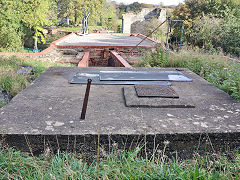
Brandy Bottom New Pit shaft
|
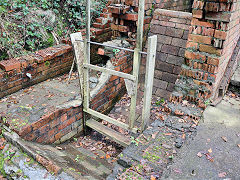
Sirocco fanhouse at New Pit
|
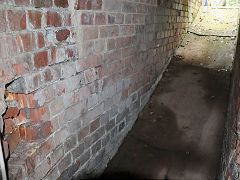
Sirocco fanhouse at New Pit
|
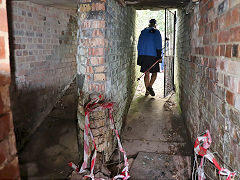
Sirocco fanhouse at New Pit
|
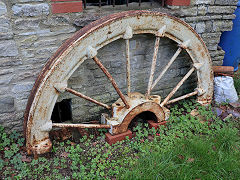
Winding wheel at New Pit
|
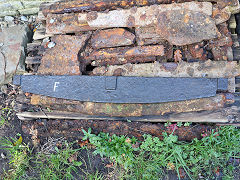
Fishbelly rails at New Pit
|
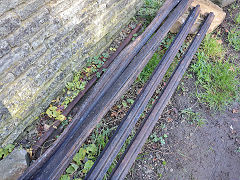
Fishbelly rails at New Pit
|
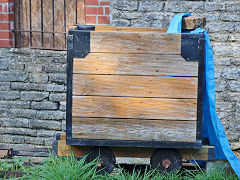
Modern 'dram' at New Pit
|
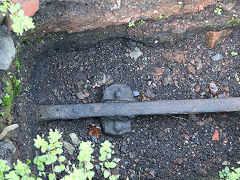
Buried rails at New Pit
|
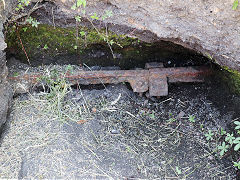
Buried rails at New Pit
|
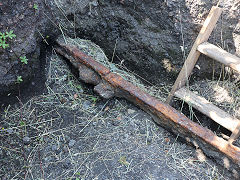
Buried rails at New Pit
|
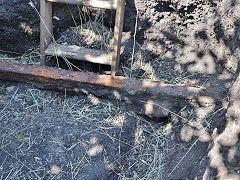
Buried rails at New Pit
|
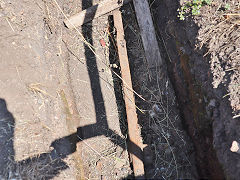
Buried rails at New Pit
|
Cooks Pit, Great Cart Pit and Puffers Pit - ST 6923 7750
This is a group of mines from the 1700s taken over by Handel Cossham in 1851 with a view to re-use. Cooks Pit at the North of Parkfield Rank was re-opened and was connected to the 'dramway' by a tramway incline. It appears to be short-lived but was used for ventilation by Parkfield Colliery. Puffers Pit is similarly dated. It's probable that the stone building would have once been the engine house. Nothing is known of Great Cart Pit, to the South of Parkfield Rank, but it is also likely to have been of the same period. Most of these old mines reached a depth of c400ft.

Cook's Pit and Puffers Pit, 1881
|
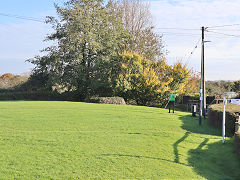
Cook's Pit shaft, Parkfield Rank
|
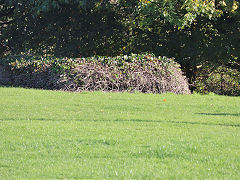
Cook's Pit shaft, Parkfield Rank
|
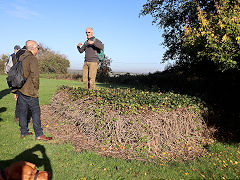
Cook's Pit shaft, Parkfield Rank
|
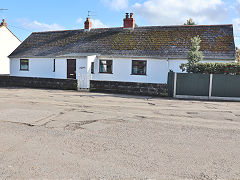
Cook's Pit stables and weighbridge
|
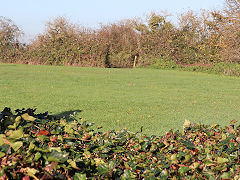
Cook's Pit incline top, Parkfield Rank
|

Cook's Pit incline, Parkfield Rank
|
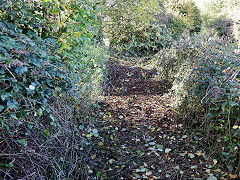
Cook's Pit incline, Parkfield Rank
|
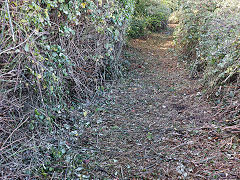
Cook's Pit incline, Parkfield Rank
|
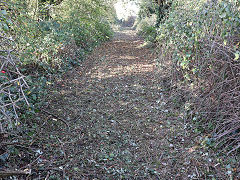
Cook's Pit incline, Parkfield Rank
|

Parkfield Rank collier's cottages
|
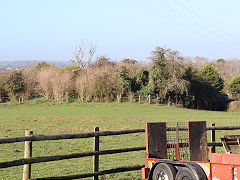
Great Cart Pit, Parkfield Rank
|
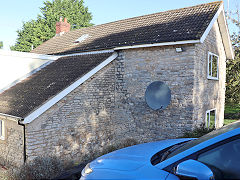
Puffers Pit, Parkfield Rank
|
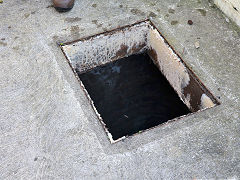
Puffers Pit, Parkfield Rank
|
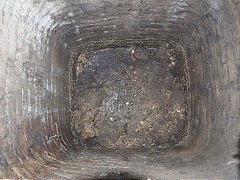
Puffers Pit, Parkfield Rank
|

Puffers Pit, Parkfield Rank
|
Parkfield Colliery - ST 6890 7780
Parkfield Colliery was sunk in 1851 to a depth of over 800ft by Handel Cossham. Little remains of the site today except for the chimney, noticeable from the M4 motorway. Som small outbuildings also remain close to the site. The coal was good quality and the colliery had its own gasworks. It closed in 1936 due to worsening flooding..
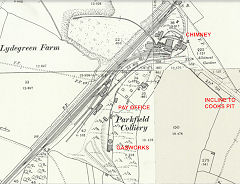
Parkfield Colliery, 1901
|

Parkfield Colliery Pay Office
|
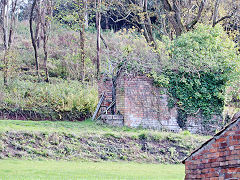
Parkfield Colliery buildings
|
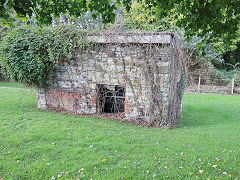
Parkfield Colliery buildings
|
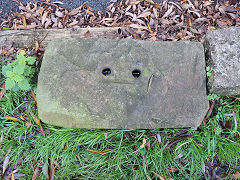
Parkfield Colliery tramway sleeper
|
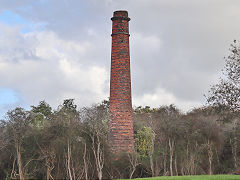
Parkfield Colliery chimney
|
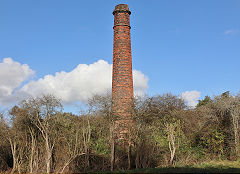
Parkfield Colliery chimney
|
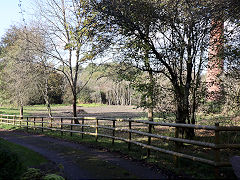
Parkfield Colliery yard
|
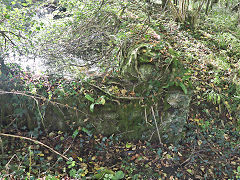
Parkfield Colliery reservoir
|
Along the 'dramway' - ST 6890 7780
The 'dramway' ran from Coalpit Heath to the River Avon between 1830 and 1860 as a horse-worked tramway. This section was the 'Bristol and Gloucestershire Railway' line from Mangotsfield to Yate becoming firstly GWR property, then the Midland Railway from Gloucester to Mangotsfield and Bristol.
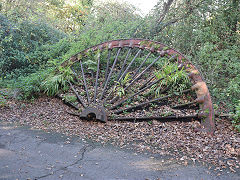
Donisthorpe Colliery winding wheel
|

Donisthorpe Colliery winding wheel
|
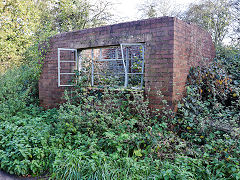
Weighbridge or P.W. building
|

Along the trackbed
|
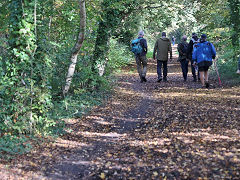
Along the trackbed
|
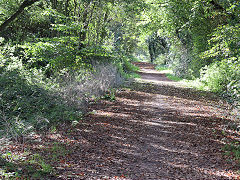
Along the trackbed
|
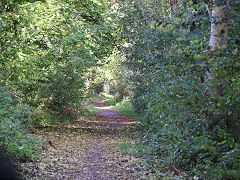
Along the trackbed
|
|
Yate and Engine Common
Rangeworthy New Pit (Oldwood Colliery) - ST 7000 8515
Originally sunk in 1867 for the Frampton Iron Co, Rangeworthy New Pit closed in 1889, shortly after the Yate collieries had closed and stopped pumping. Around 1881 the colliery had created anew drift mine and been linked to the Midland Railway by a short branchline.
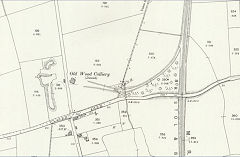
Rangeworthy New Pit, 1901
|
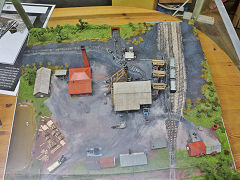
Rangeworthy New Pit model
|
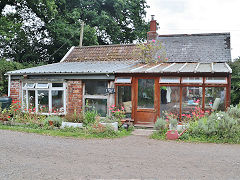
Rangeworthy New Pit offices
|
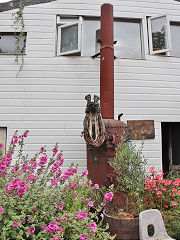
Rangeworthy New Pit vertical boiler
|
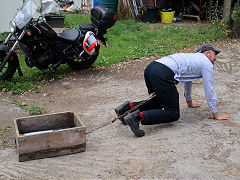
Guss and Crook haulage demonstration
|
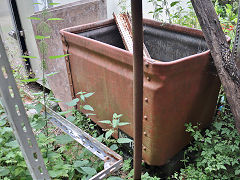
Drams at the colliery site
|
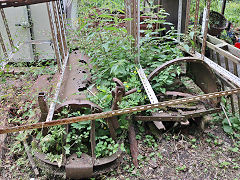
Drams at the colliery site
|
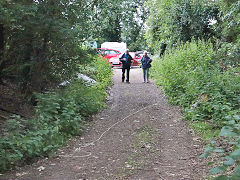
Rangeworthy New Pit sidings
|
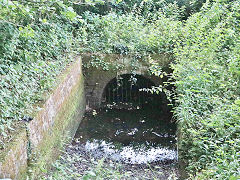
Rangeworthy drift mine
|
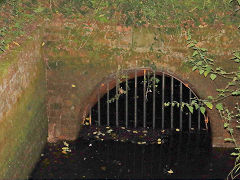
Rangeworthy drift mine
|
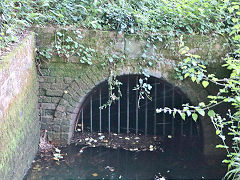
Rangeworthy drift mine
|
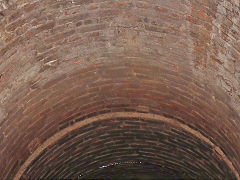
Rangeworthy New Pit shaft
|
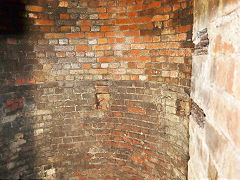
Rangeworthy New Pit shaft
|
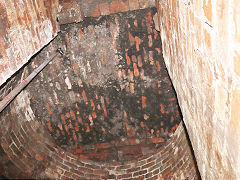
Rangeworthy New Pit shaft
|
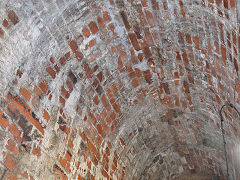
Rangeworthy New Pit shaft
|

Rangeworthy New Pit shaft
|
Rangeworthy Old Pit - ST 7000 8479
Kedge Pit - ST 7013 8390
Two of the numerous old 19th century pits on Engine Common .
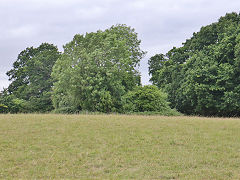
Rangeworthy Old Pit tip
|
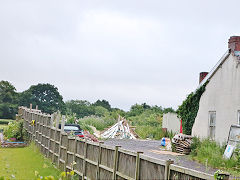
Kedge Pit
|
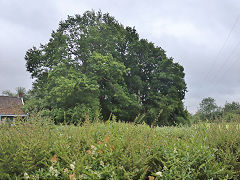
Kedge Pit tip
|
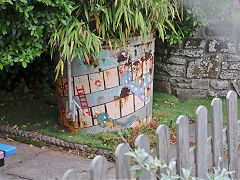
Kibble in school yard
|
Yate No 2 New Pit - ST 7000 8422
Yate No 2 Pit came into being in the 1860s, incorporating a number of older pits. One of these was Staley's Pit, a pumping shaft operated by a Newcomen steam engine housed in a still existing engine house. A tramway connected the colliery with Yate No 1. The new colliery did not prosper and closed in 1888.
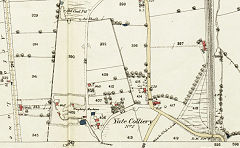
Yate No 2 New Pit, 1879
|
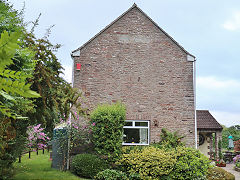
Newcomen engine house
|
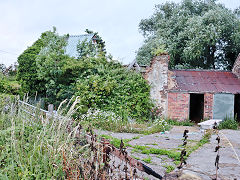
Possible stable block
|
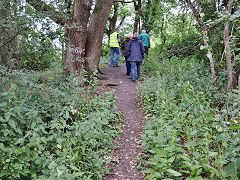
New Pit tip, part of Yate No 2 Pit
|
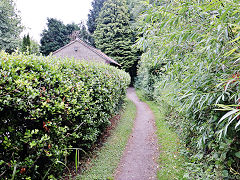
Tramway from No 2 Pit to No 1 Pit
|
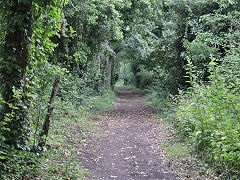
Tramway from No 2 Pit to No 1 Pit
|
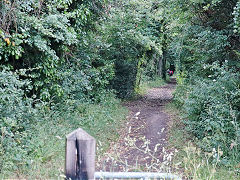
Tramway from No 2 Pit to No 1 Pit
|

Tramway from No 2 Pit to No 1 Pit
|
Yate No 1 Old Pit - ST 7013 8363
Yate No 1 Old Pit was the original colliery, known as New Engine Pit before becoming 'Old', probably dating from the early 1800s. It was linked by sidings to the Midland Railway and closed along with No 2 Pit in 1888.
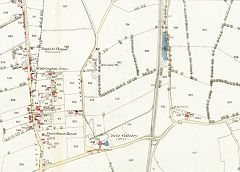
Yate No 1 Old Pit, 1879
|
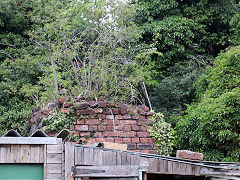
Yate No 1 Pit heapstead
|

Yate No 1 Pit heapstead
|
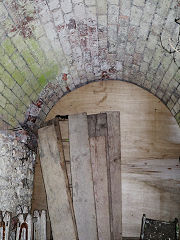
Yate No 1 Pit heapstead
|
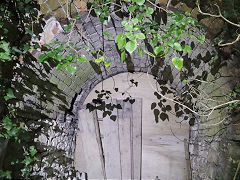
Yate No 1 Pit heapstead
|

Yate No 1 Pit heapstead
|




















